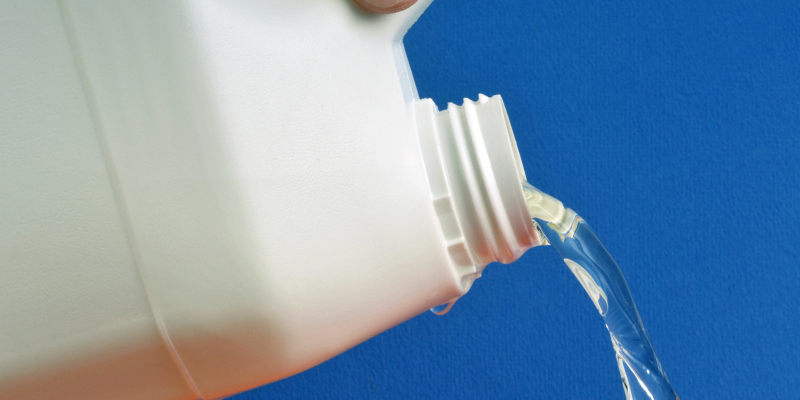In industrial and water treatment applications, bleach 12.5% — a high-concentration sodium hypochlorite solution — is valued for its strong disinfecting and oxidizing properties. It’s commonly used to control pathogens, adjust chemical balances, and sanitize critical systems. However, one important factor that is often overlooked in day-to-day operations is how the strength and reliability of bleach 12.5% can degrade over time.

Bleach 12.5% solutions naturally break down over time through chemical reactions with air, light, and heat. As bleach ages, it loses its active chlorine content, meaning it becomes less effective at disinfection and oxidation tasks. Here are a few key things that can impact the potency of bleach:
- Exposure to sunlight – UV light triggers chemical breakdown.
- Elevated temperatures – Warmer conditions speed up loss of strength.
- Air exposure – Contact with carbon dioxide in air lowers pH and degrades bleach.
- Concentration levels – Higher concentrations, like bleach 12.5%, degrade faster than lower ones if not handled carefully. Because bleach 12.5% is a strong and highly active solution, it is particularly sensitive to handling conditions compared to household bleach.
If your operation relies on bleach 12.5%, it’s critical to have proper handling, storage, and transportation methods in place to prevent degradation. Without the right precautions, you might face:
- Reduced disinfection effectiveness – Lower chlorine levels may fail to control pathogens in water treatment systems.
- Inaccurate chemical dosing – Operators may unknowingly underdose, leading to compliance risks.
- Increased chemical use – More volume is needed to achieve the same effect, increasing costs.
- Regulatory non-compliance – Ineffective water treatment can trigger fines or shutdowns in highly regulated sectors.
Here are a few key practices for maintaining bleach strength:
- Order appropriate volumes.
- Use first-in, first-out inventory practices.
- Store bleach in cool, shaded, and ventilated areas.
- Monitor and test chlorine strength if bleach has been stored for an extended period.
- Work with suppliers who emphasize fresh product deliveries and understand the shelf-life dynamics of bleach 12.5%.
